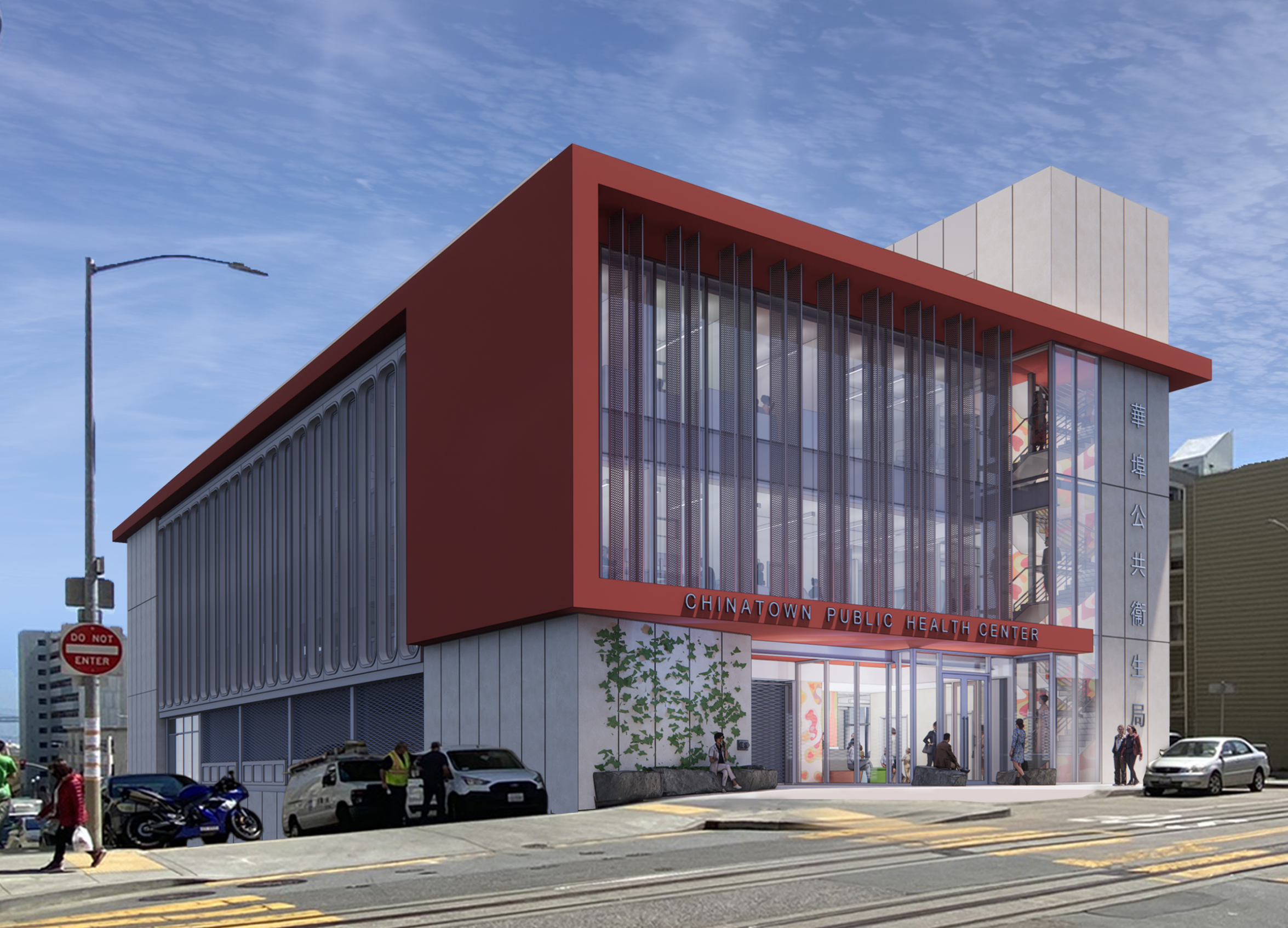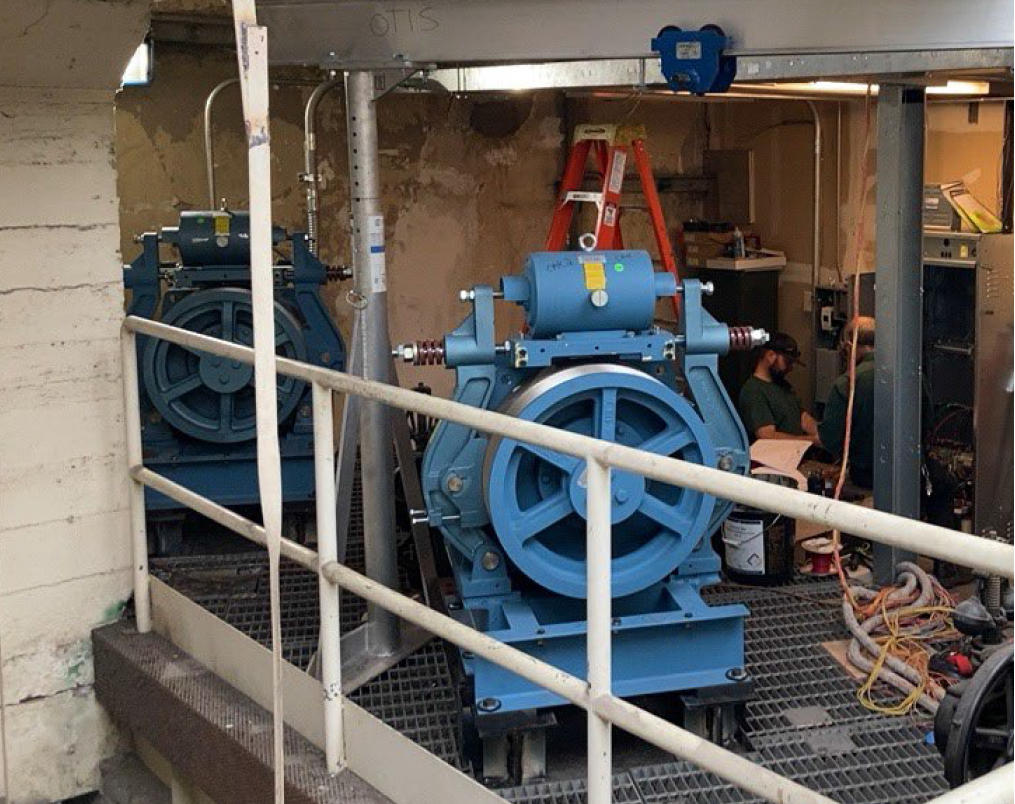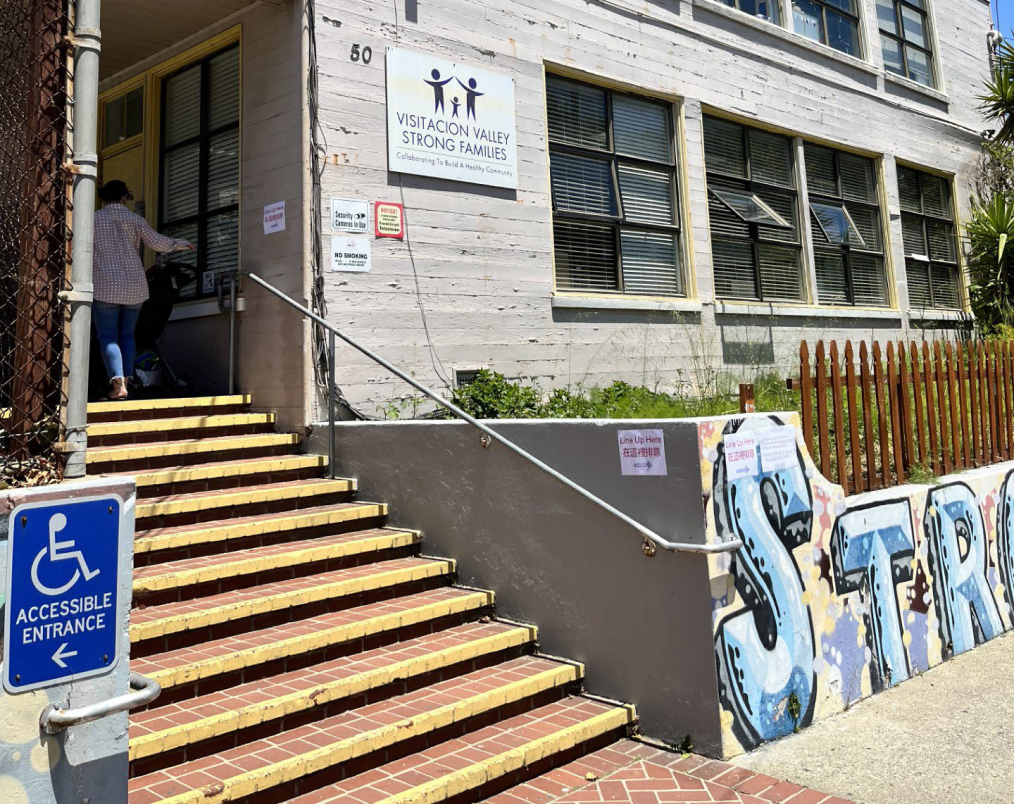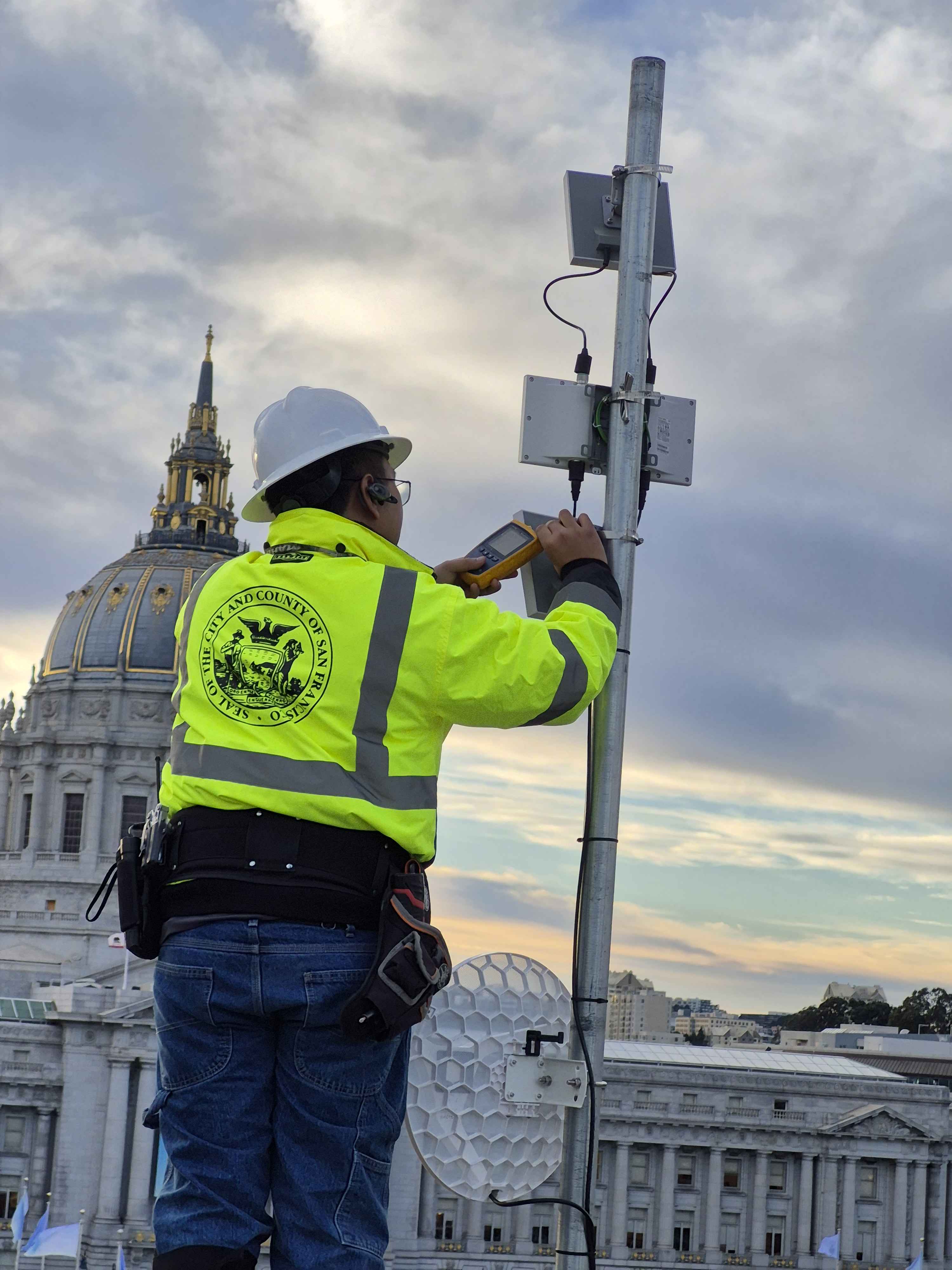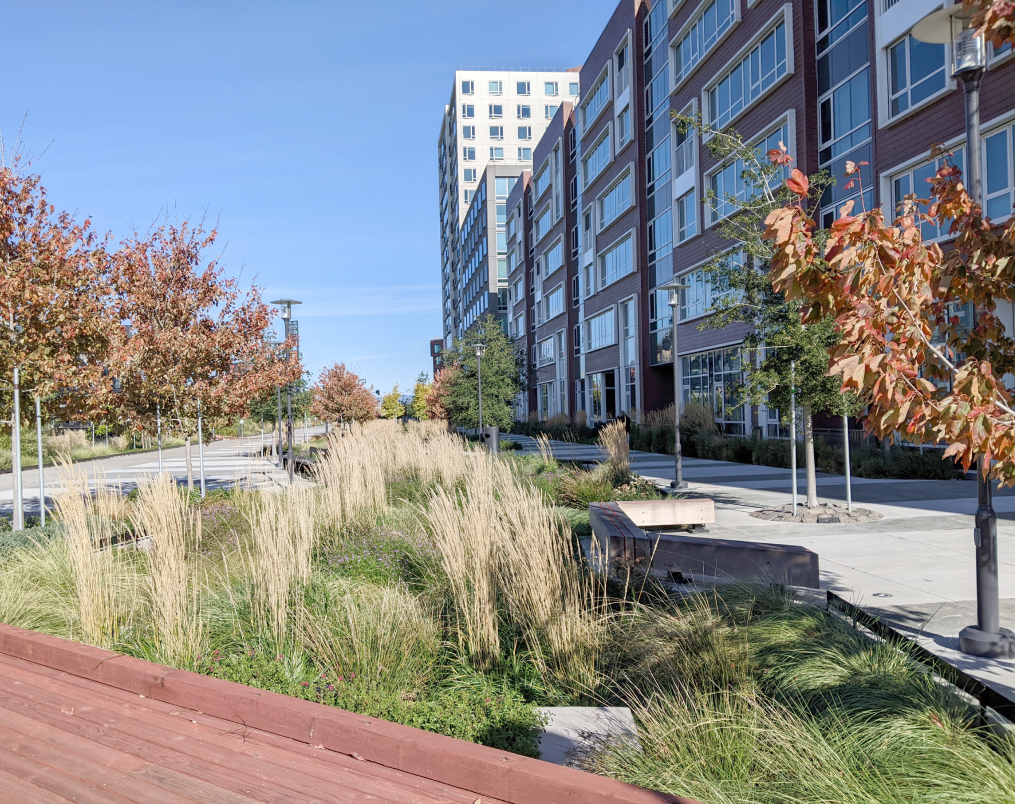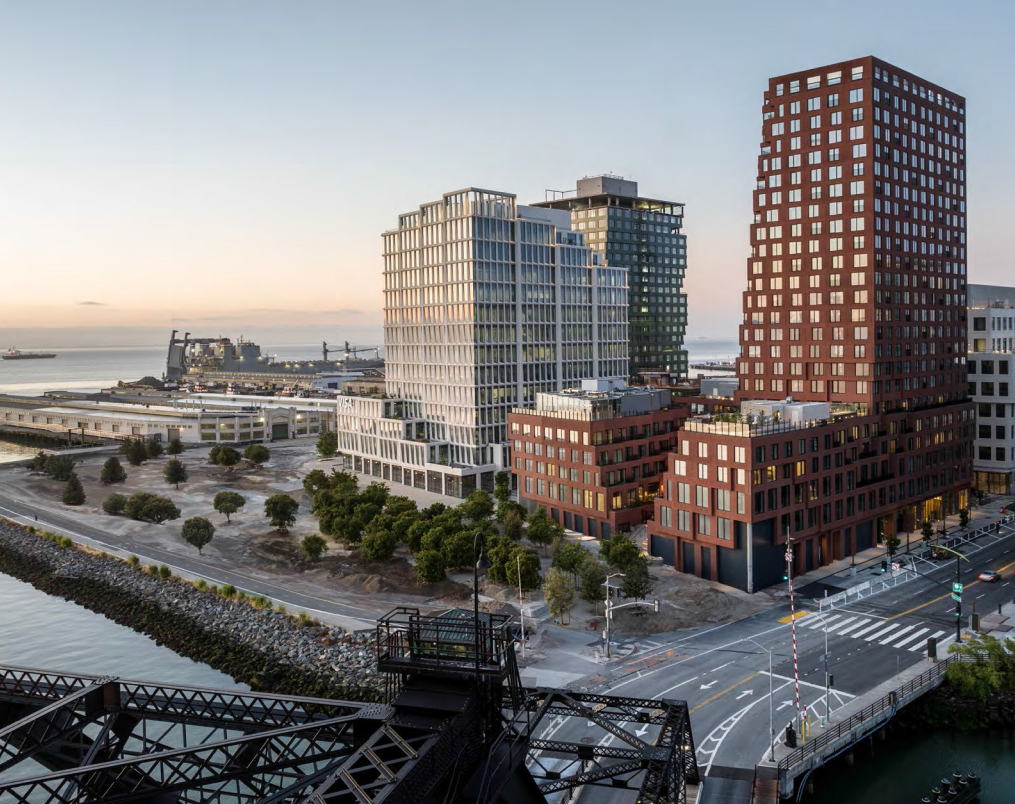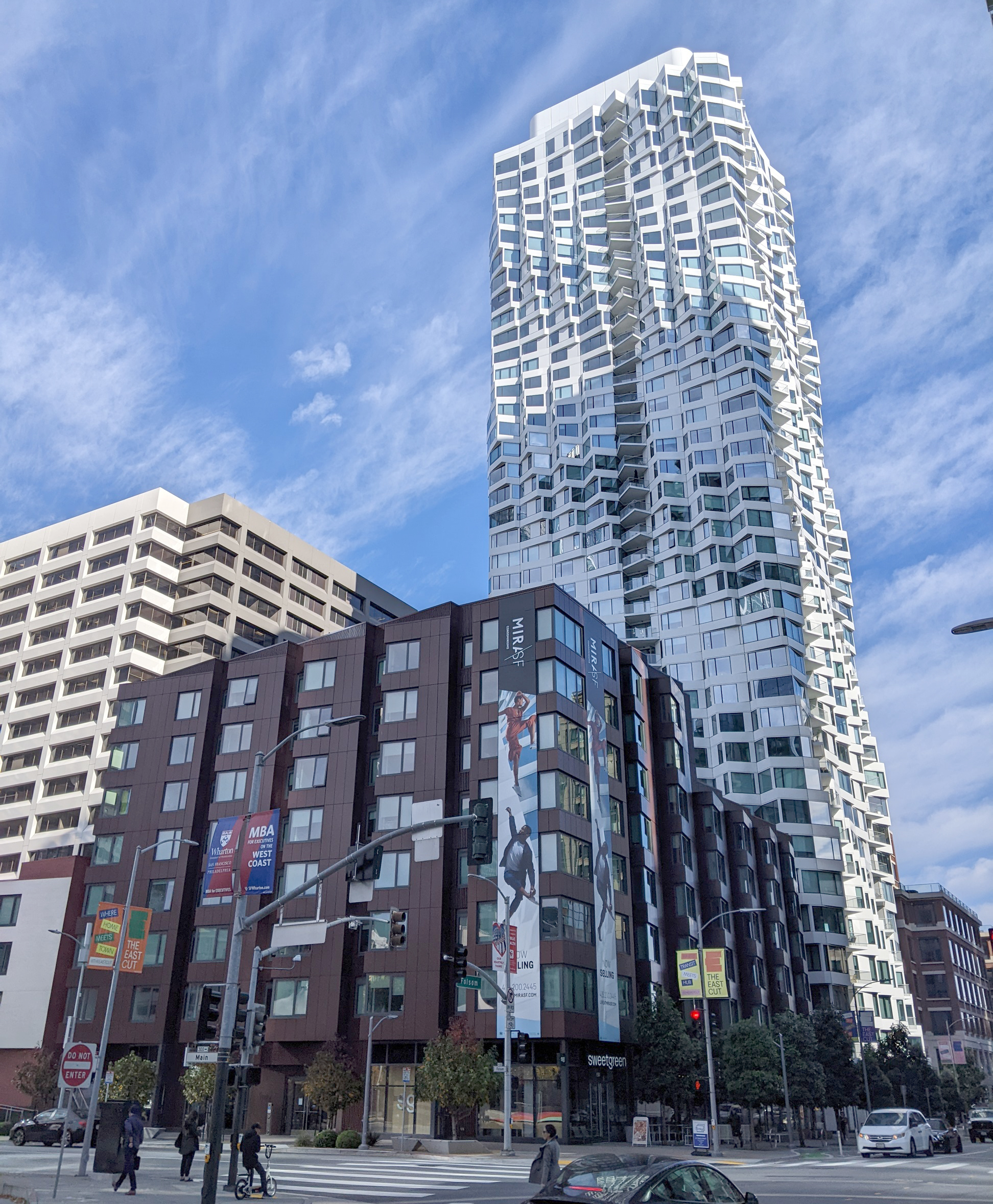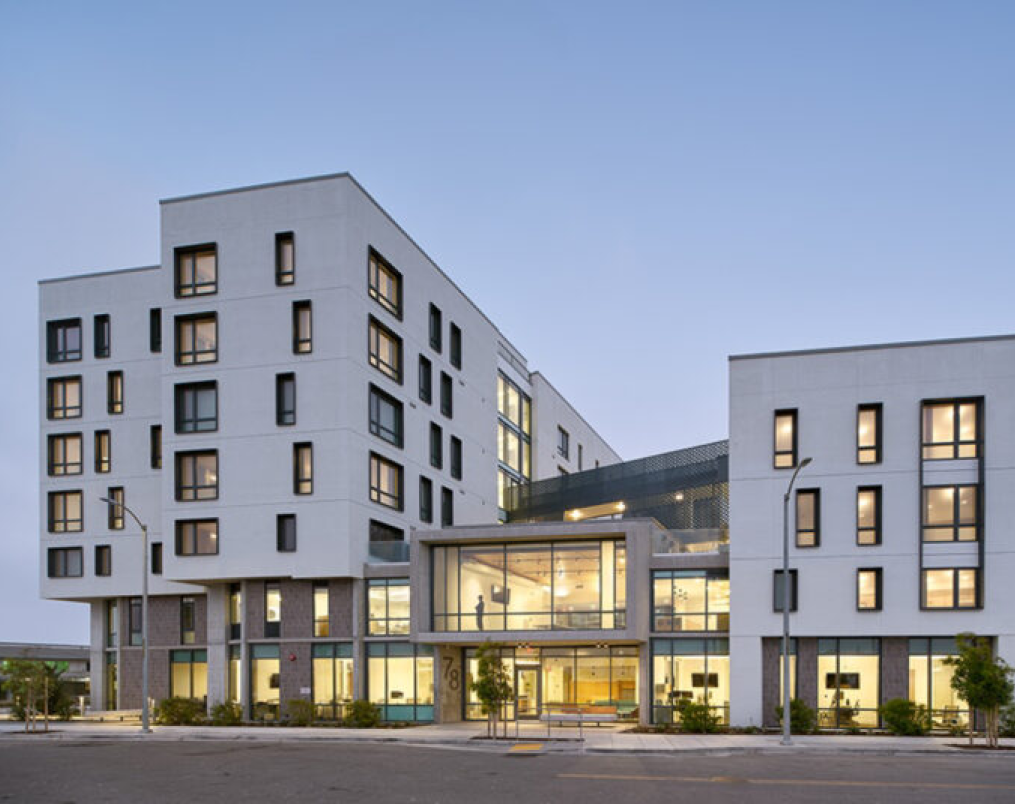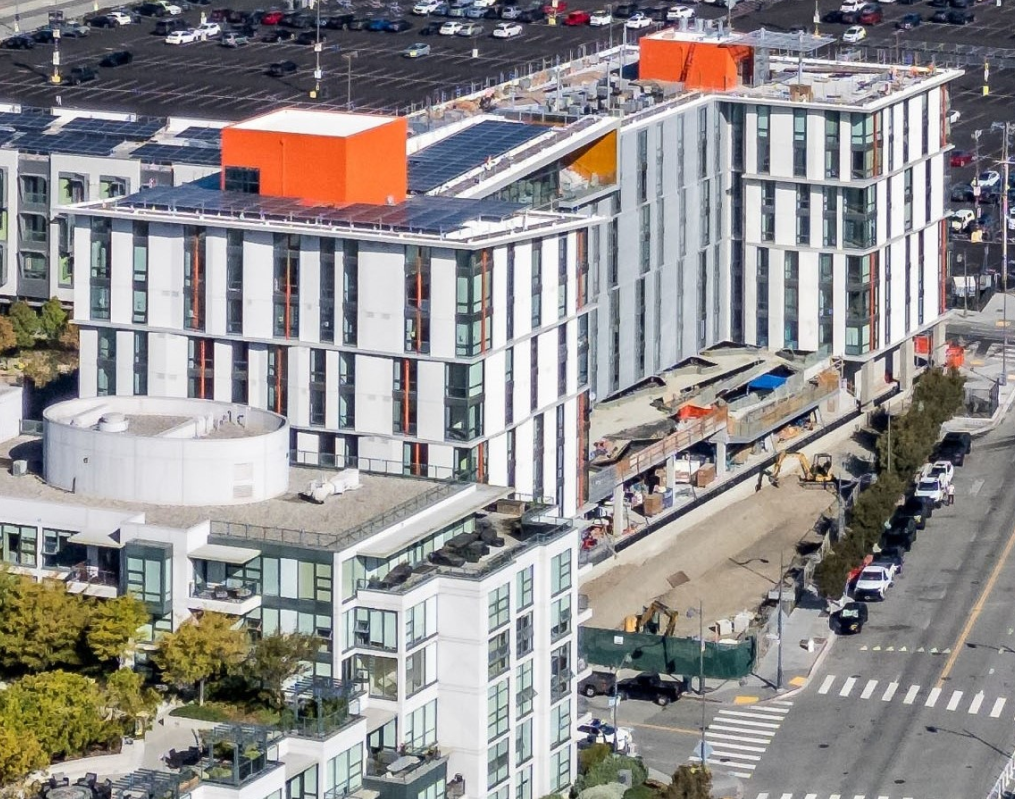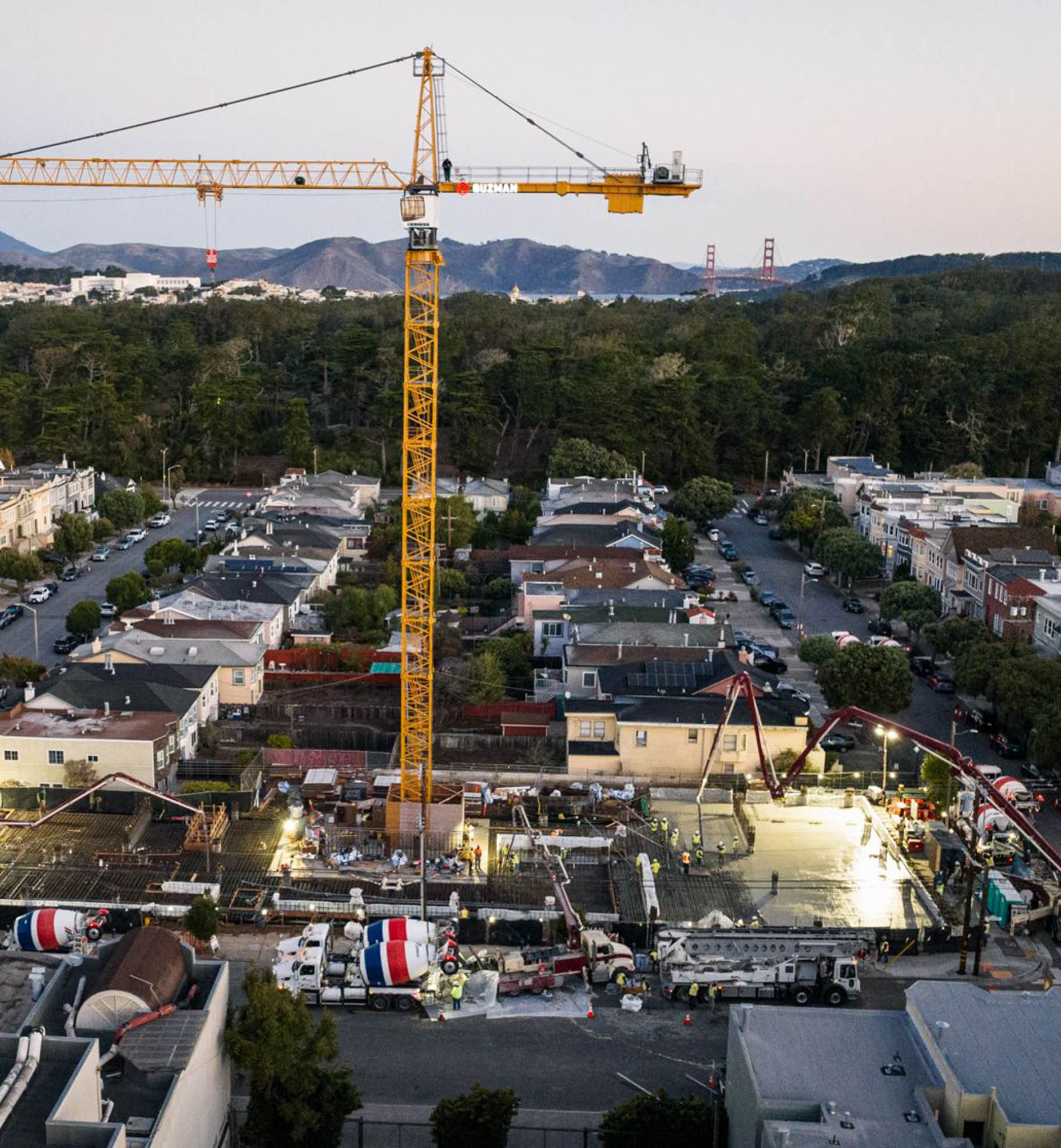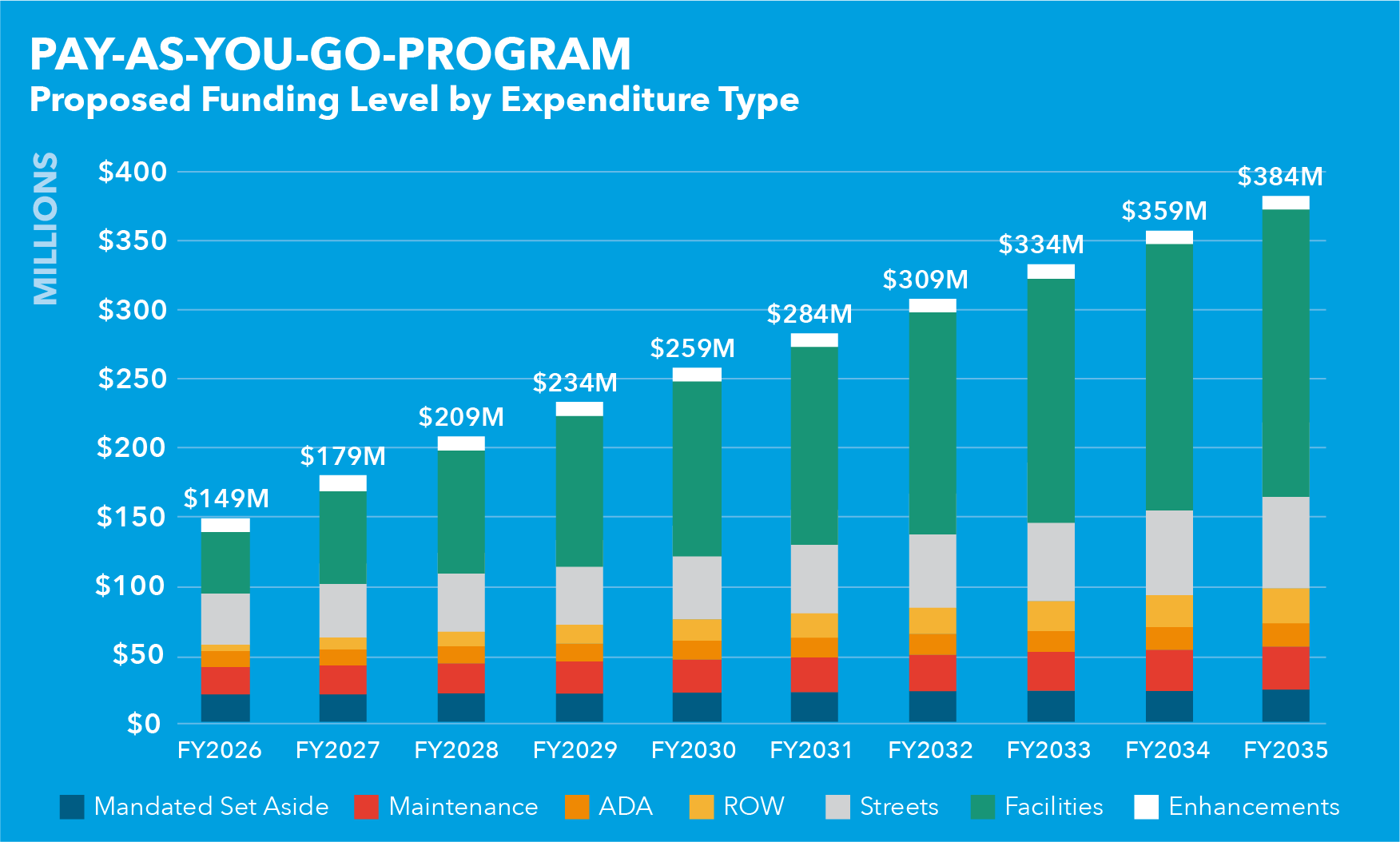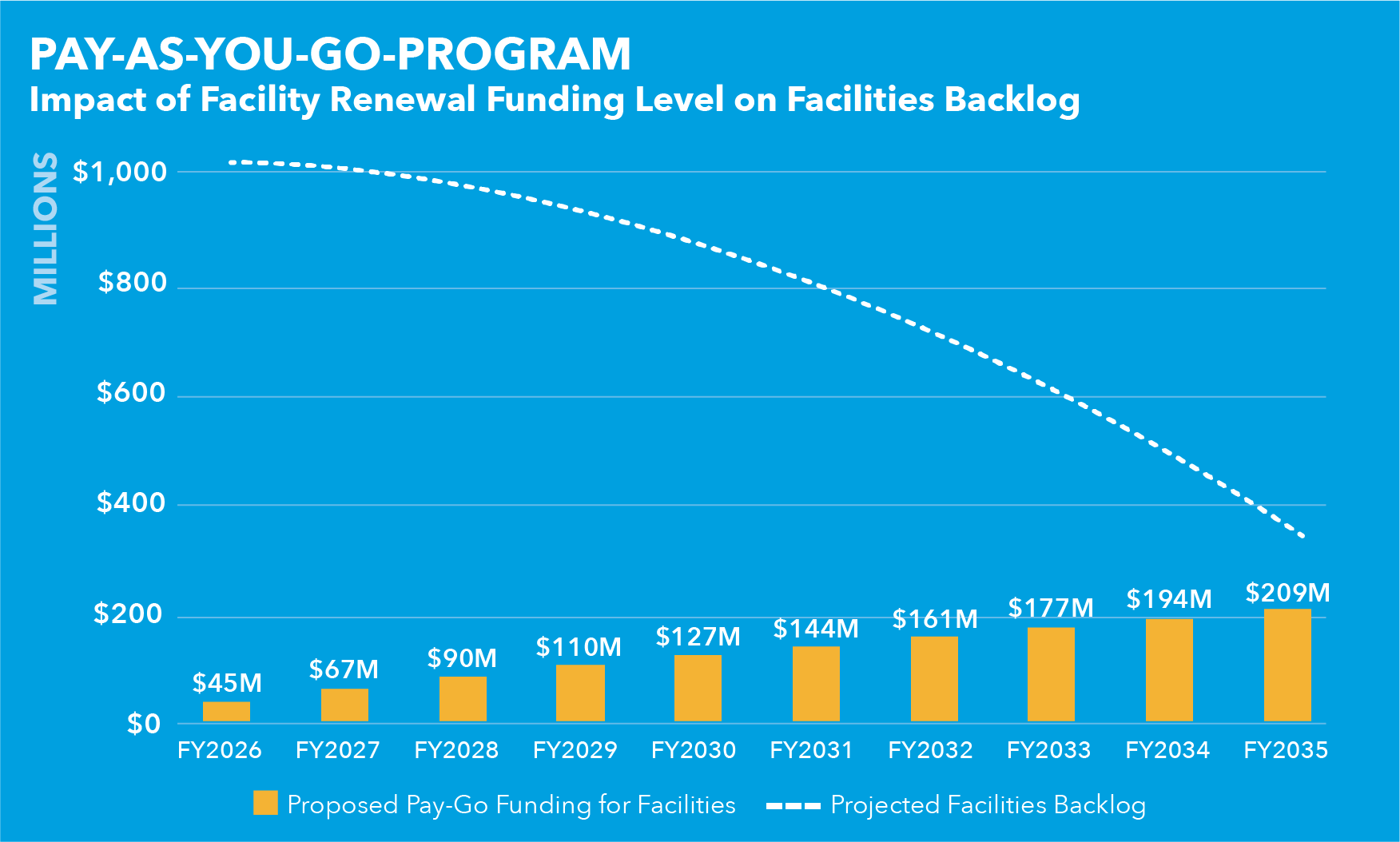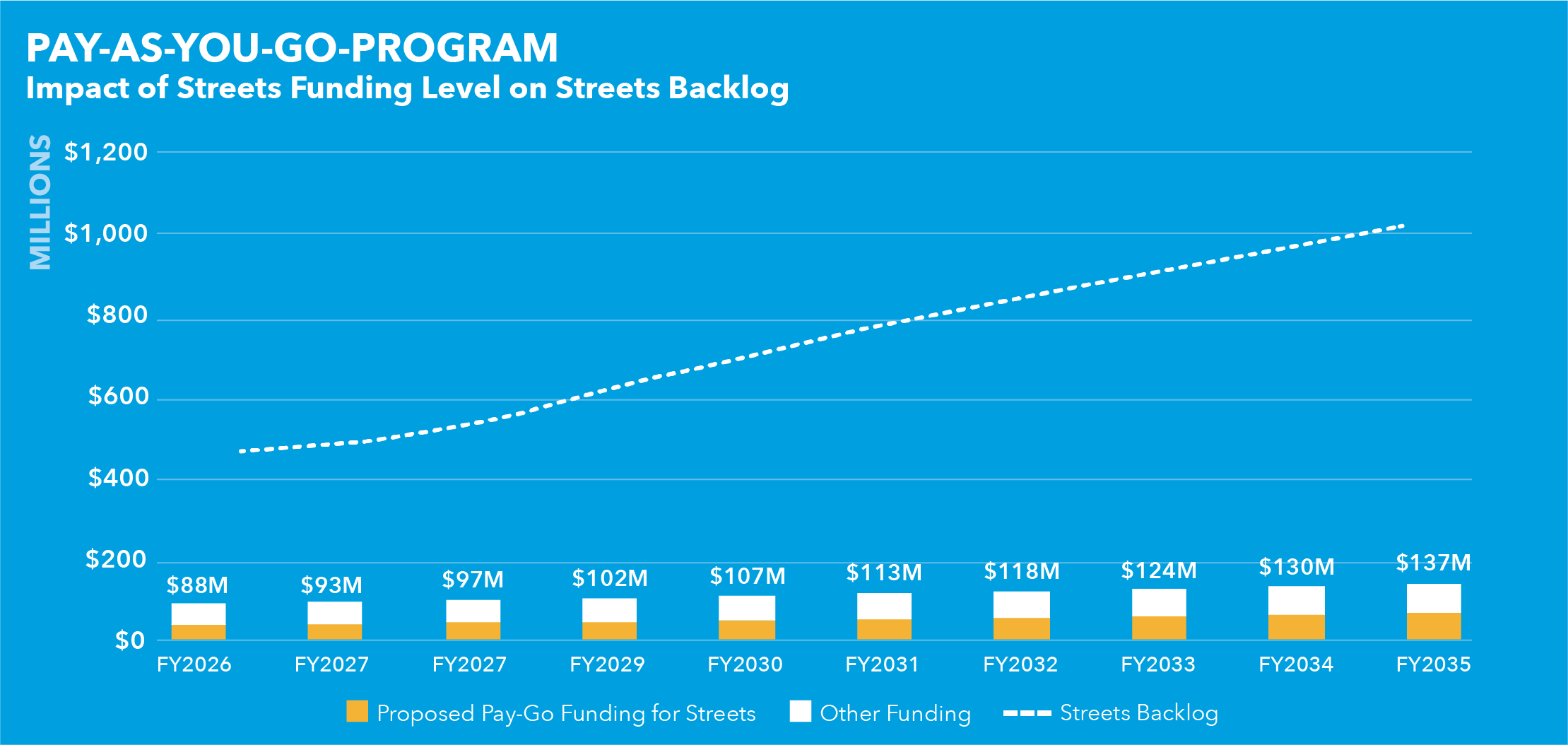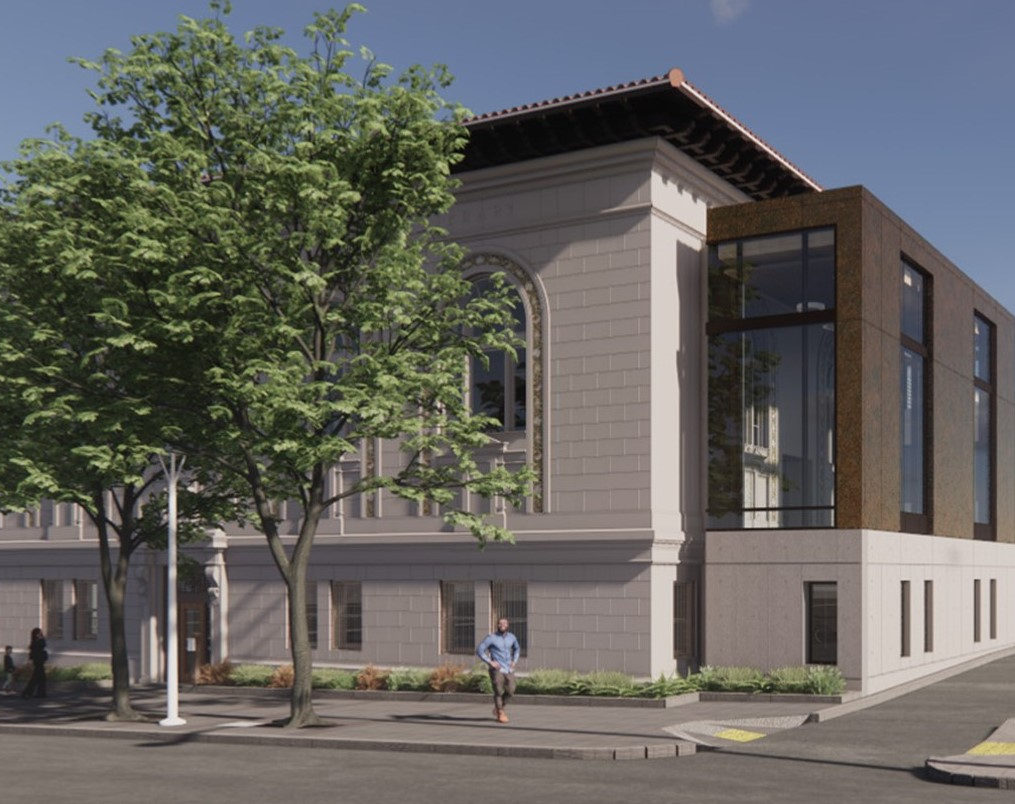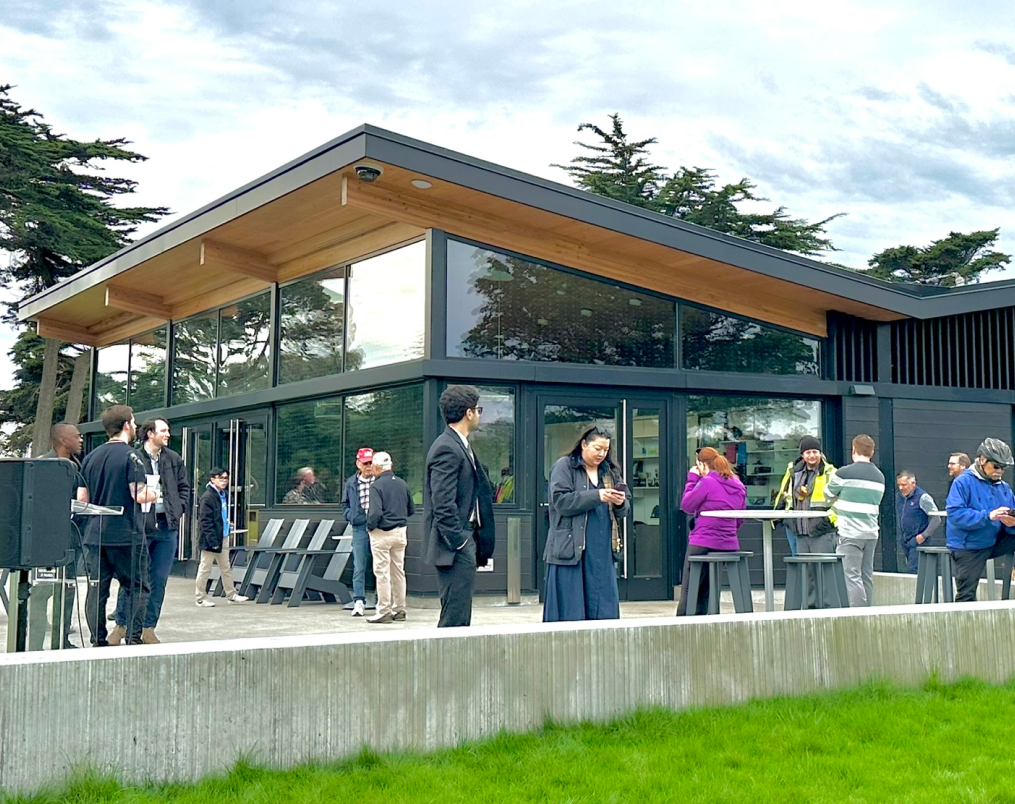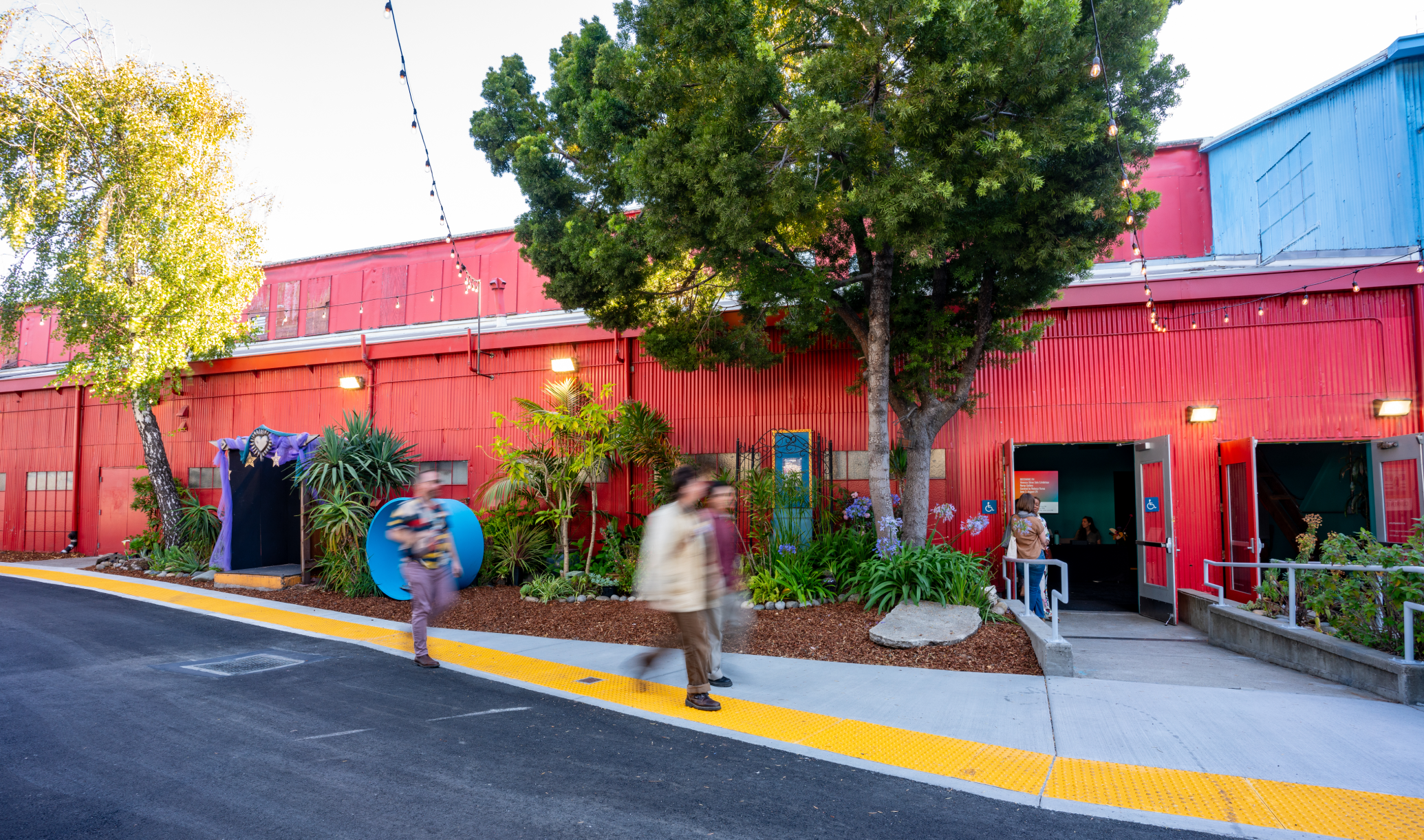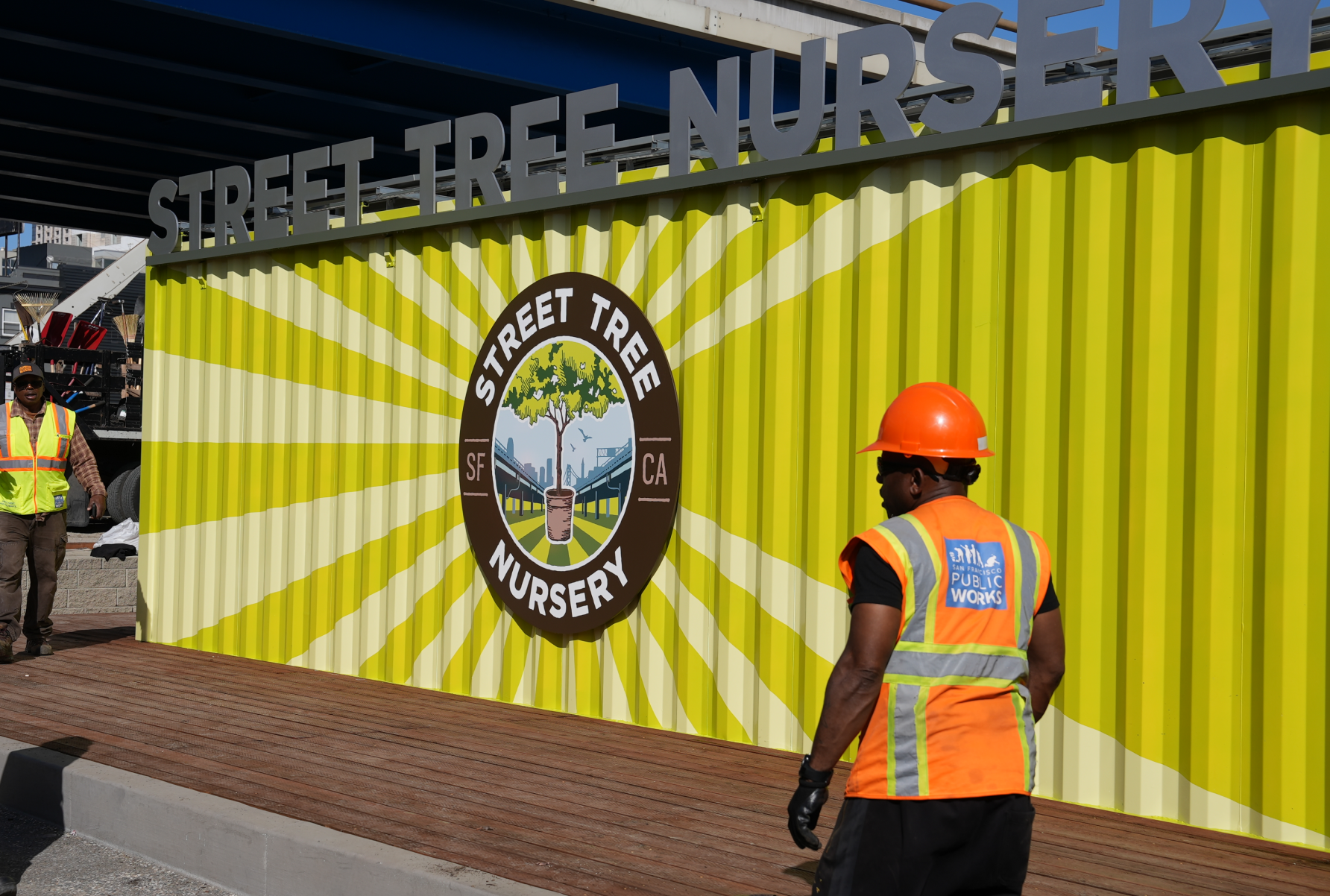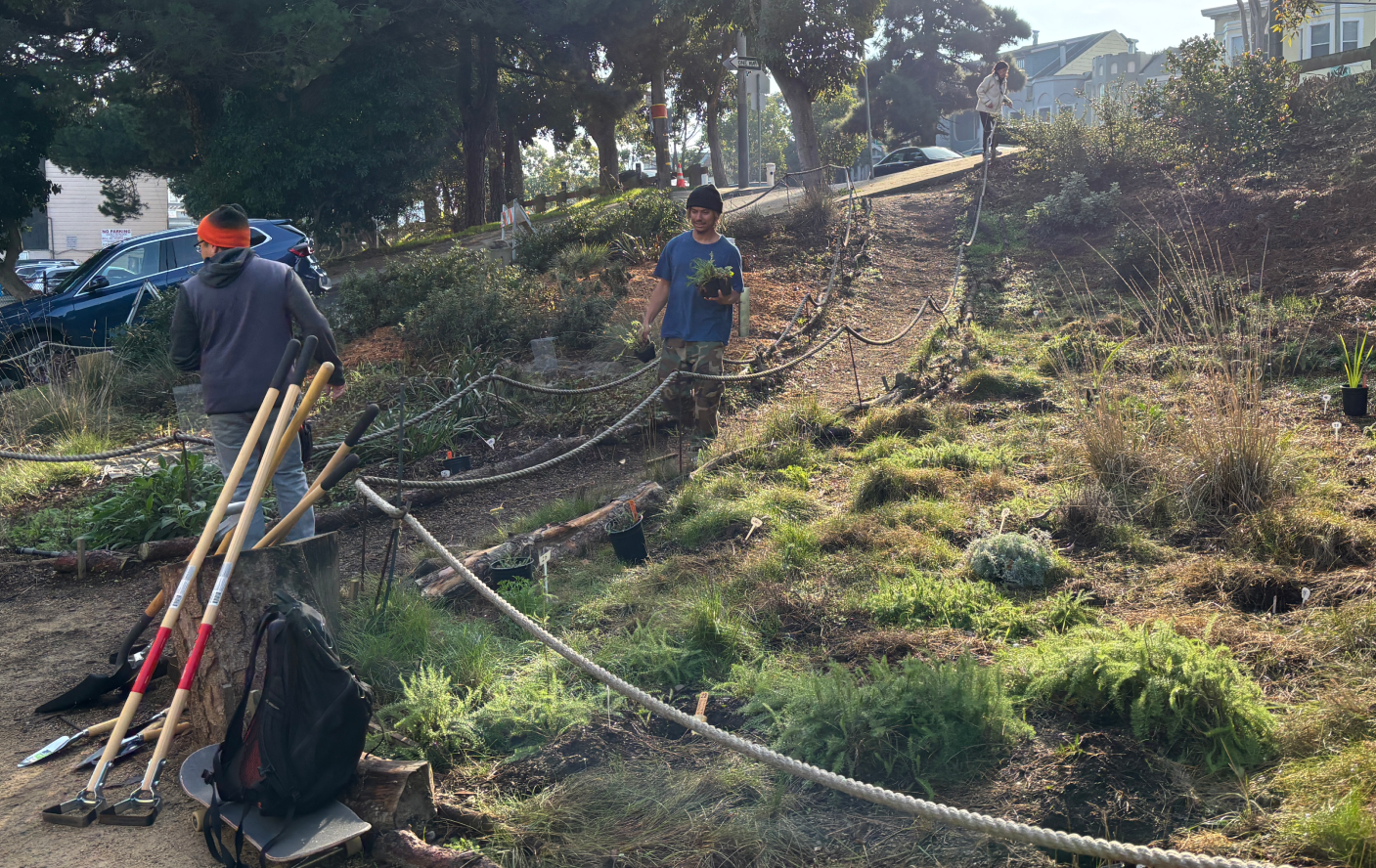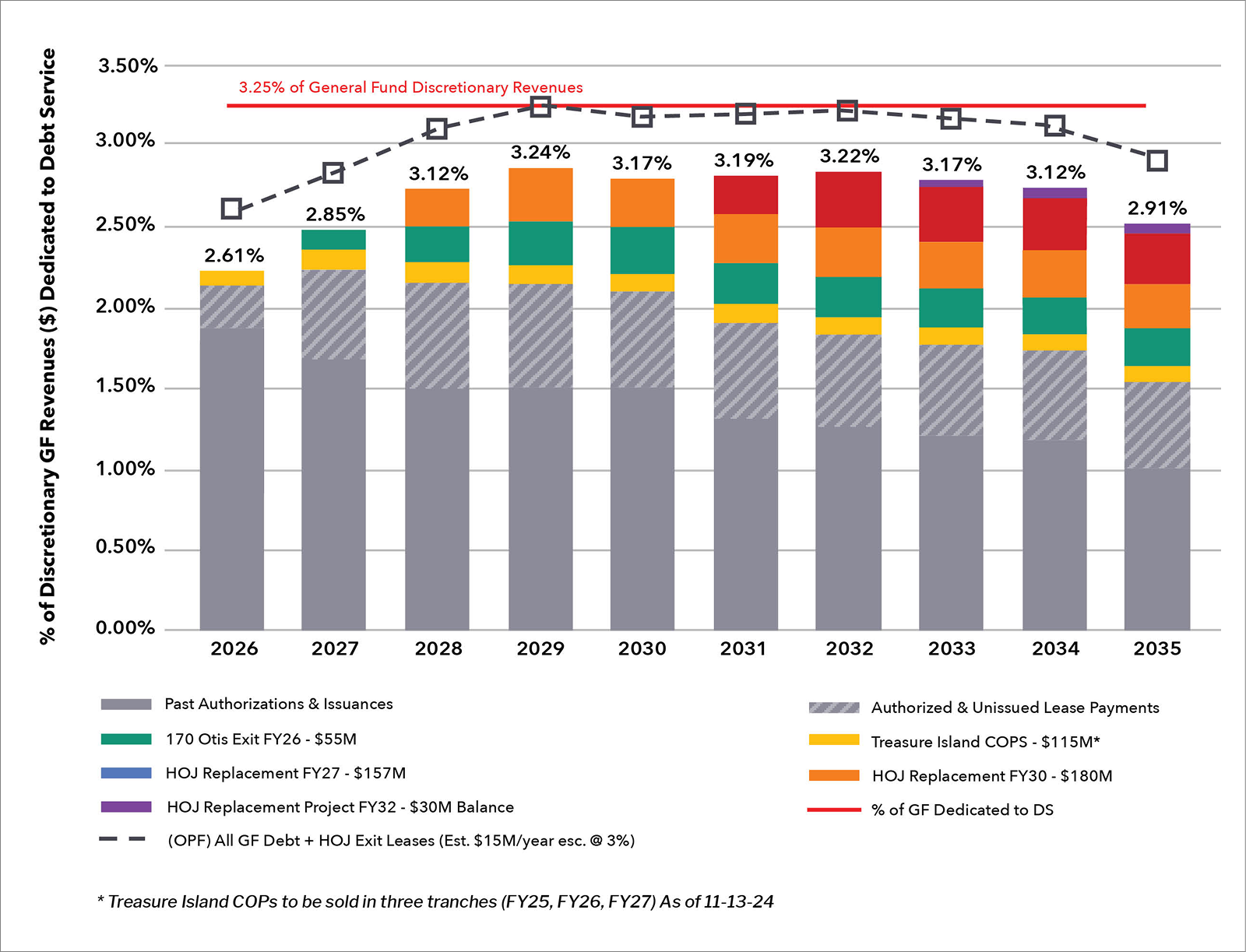2026 - Accomplishments: Health + Human Services Accomplishments
Department of Public Health
-
Fully funded the Treasure Island Residential Step-Down Facility with construction expected to begin in mid-2026.
-
Fully funded the Crisis Stabilization Unit at 822 Geary St with construction underway and final completion expected in early 2025.
-
Started renovation of 333 7th Street, which will add bed capacity to the behavioral health continuum of care.
-
Completed construction documents and fully funded the seismic retrofit and renovation of the Chinatown Public Health Center.
-
Started construction on the Adult Immunization Travel Clinic that is moving from 101 Grove to 27 Van Ness with completion expected in Spring 2025.
-
Initiated renovations to Buildings M & O at Laguna Honda Hospital (LHH) with substantial completion scheduled for Fall 2025. This relocates 400 employees to a seismically-safe building.
-
Continued critical renewal projects at LHH including fuel line and water tank replacements, and the addition of emergency power, fire alarms and fire suppression systems.
-
Construction progressed at new Public Health Lab at Zuckerberg San Francisco General (ZSFG) with completion targeted for Fall 2025.
-
Continued ZSFG Building 5 improvements including completion of a new Physical Therapy and Rehabilitation Clinic, Urgent Care Clinic, Poison Control Center, a clinical administration suite, accessible restroom upgrades, electrical infrastructure upgrades, and seismic improvements. Progress is underway on the new dialysis clinic, urology clinic, Public Health Lab, Clinical Lab and additional seismic upgrades.
-
Construction underway for the ZSFG Psychiatric Emergency Services expansion and renovation.
-
Completed and occupied the new UCSF Research Building at ZSFG funded by the university of California San Francsico.
Human Services and Homelessness and Supportive Housing
-
Completed construction of the Mission Cabins Project at 1979 Mission Street to provide emergency nightly shelter to 68 adults.
-
Commenced construction of temporary shelter at Jerrold Commons at 2177 Jerrold Avenue in the Bayview neighborhood.
-
Commenced critical rehabilitation work at Next Door Adult Shelter at 1001 Polk Street and MSC South Adult Shelter at 525 5th Street.
-
Acquired eight buildings with 691 units, completed rehabilitation of 362 units, and commenced construction of 145 new units of permanent supportive housing.
|

|
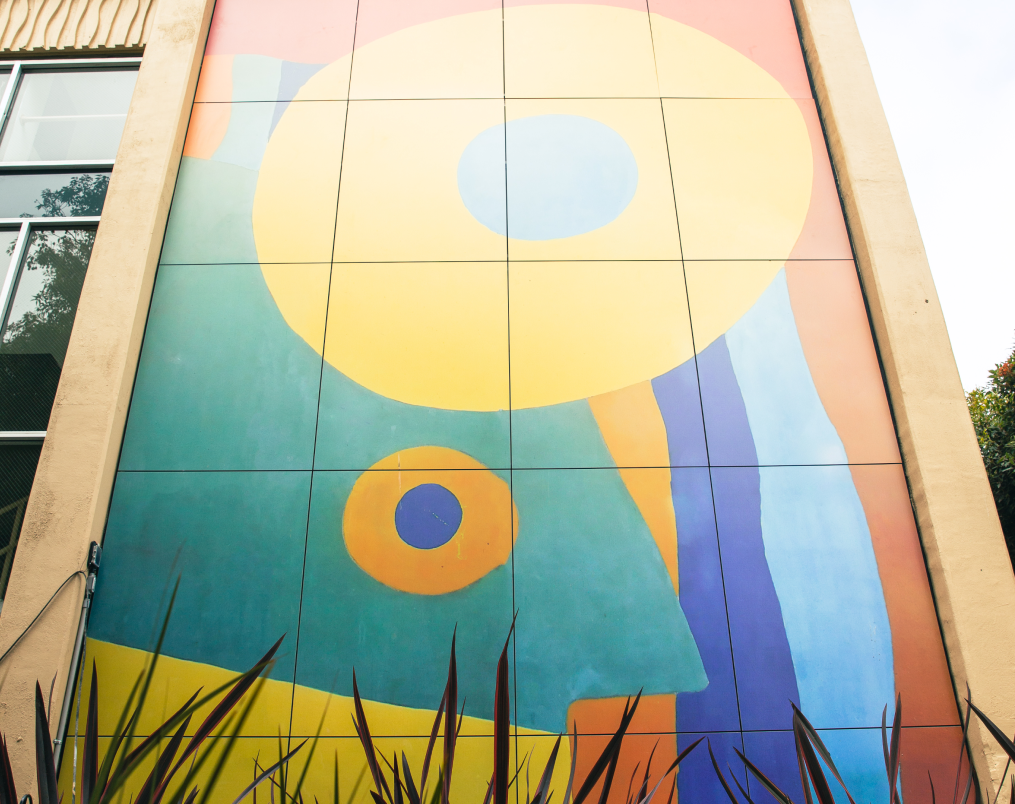
|
